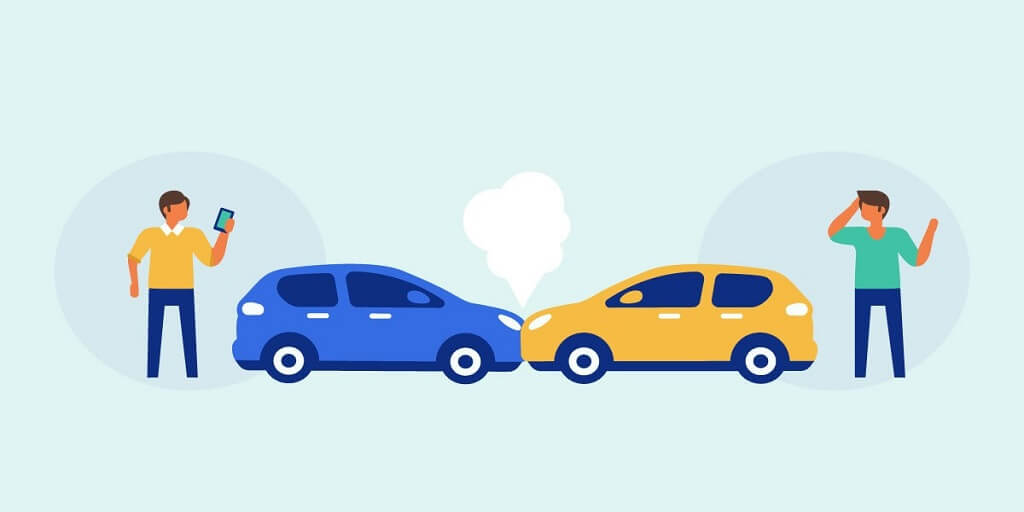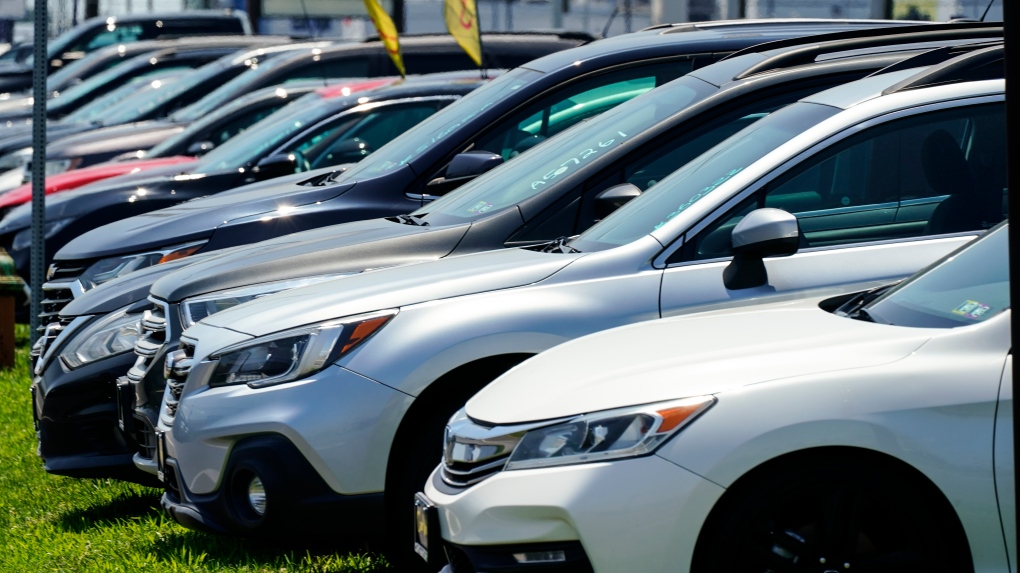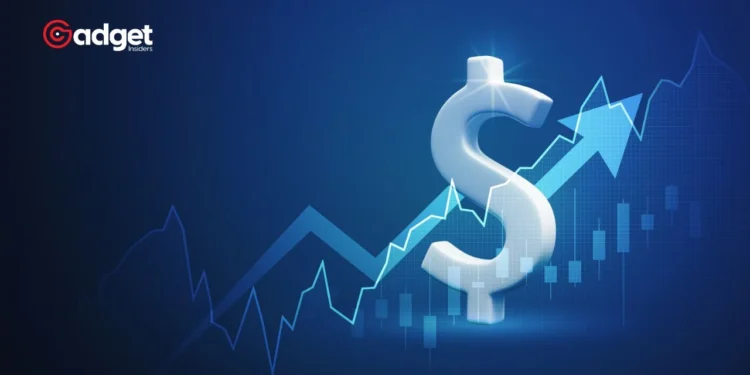As inflation continues to shape economic landscapes, U.S. drivers are feeling the pinch of relentlessly rising auto insurance rates. This uptick in premiums is not only squeezing car owners but also fueling broader inflation challenges, complicating efforts by the Federal Reserve to rein in inflation to its target of 2%.

The Current State of Auto Insurance
Over the past year, auto insurance rates have seen a dramatic increase, rising 22% from the previous year and 2.6% in March alone. This rise has been consistent since 2022, outpacing the cooling inflation rates which peaked at 9.1% in mid-2022.
While consumers have witnessed some relief in food and energy costs—two major household expenses—the persistent surge in auto insurance and car ownership costs presents a new financial hurdle.
RFK should try to come up with solutions to the rising auto insurance premiums.
It's the kind of issue Trump and Biden won't touch bc it might offend their big campaign contributors.
But rfk should be able to come up with creative solutions. https://t.co/0vskIwm6Em
— Larry Ramer (@LarryWriter13) April 26, 2024
Factors Driving Insurance Rate Increases
The spike in insurance premiums can be attributed to several factors. First, the pandemic-induced surge in new vehicle prices, fueled by a global shortage of computer chips and supply chain bottlenecks, left dealers with limited stock throughout 2021.
Although the average car price has seen a slight decrease in early 2024, from a peak of $48,516 to $47,338, the higher value of cars combined with advanced technology and intricate parts has significantly raised the overall cost of repairs.

The Bureau of Labor Statistics reported an 8.2% jump in overall maintenance and repair costs in March from the previous year, highlighting the escalating expenses associated with vehicle upkeep.
Greg Smolan, vice president of insurance operations at AAA Northeast, noted, “The severity is the thing that has influenced rates more over the last two years than anything. A fender bender in the past didn’t have all the sensors and cameras.”
Insurers’ Response to Rising Costs
Insurance companies have responded to these cost pressures by raising premiums to align with the increased value and repair costs of vehicles. Progressive CEO Tricia Griffith emphasized the focus on rate adjustments, stating in a fourth-quarter earnings conference call, “Our sole concentration last year was to get the right rate.
We feel like we’re in a great position now.” This strategic pricing has proven beneficial for insurers, with Progressive’s profit jumping 50% and its revenue surging nearly 18% to $62.1 billion in 2023.
The Broader Economic Impact and Consumer Advice
The increase in auto insurance rates contributes to the stickiness of inflation, where prices, once raised, do not easily fall back even if broader inflation slows. This situation poses a challenge for policymakers like Fed Chair Jerome Powell, who aim to stabilize economic growth without exacerbating inflationary pressures.
For consumers grappling with these rising costs, experts advise shopping around for insurance, comparing costs before purchasing a car, and considering the impact of deductibles on premiums. Additionally, bundling multiple policies and taking defensive driving courses can offer further financial relief.

Looking Ahead: Rates and Regulations
As the industry adjusts to these financial dynamics, companies are nearing what Smolan calls “rate adequacy,” which may lead to a stabilization of premiums shortly.
However, the ongoing adjustments in the auto industry, from production to pricing strategies, suggest that both consumers and insurers will need to remain vigilant and adaptive to navigate the evolving economic landscape effectively.
While the rising auto insurance rates present new challenges for U.S. drivers, understanding the factors at play and exploring all available options can help mitigate the impact on individual finances and contribute to better-informed consumer decisions in a fluctuating economy.










